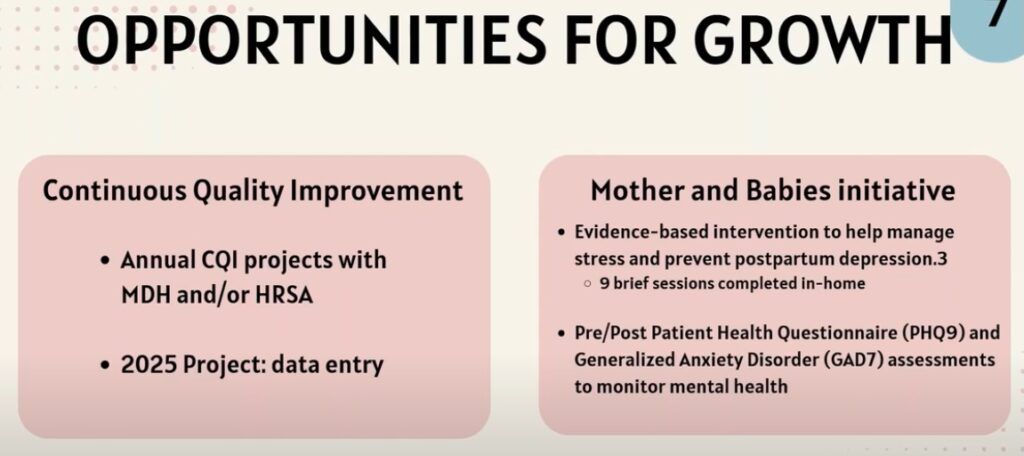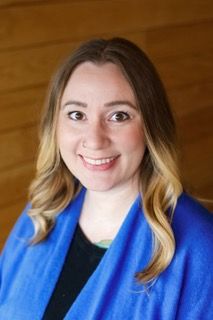Part 3 of 3-part Series: Empowering Public Health with the Omaha System in St. Louis County
Having explored the documentation challenges and the innovative use of pathways in St. Louis County, our final post focuses on the exciting opportunities that arise from their data-driven approach. Emily Lian highlighted several key areas where the data collected through the Omaha System and Nightingale Notes is proving invaluable in providing actionable public health insights.
An Award-Winning Program
St. Louis County won a national honor for their Family Home Visiting work. “One of our foundational Public Health responsibilities involves maternal and child health,” said Amy Westbrook, St. Louis County Public Health Division Director.
“We are lucky to have partners such as Aspirus St. Luke’s to be really public health-minded and forward-thinking in interventions. They saw what was happening in their maternal population and saw us as an extension of the healthcare system, so we are very grateful for them identifying those needs and then engaging with us to address those needs.”
St. Louis County utilizes the Omaha System inside Nightingale Notes to track and monitor their Family Home Visits.

Tracking Program Fidelity and Performance
One significant application of their data is in monitoring program fidelity and key performance measures. They created dashboards that provide monthly insights into the number of visits conducted by public health nurses, ensuring they are on track with program requirements.
Understanding Staff Time Allocation
The system also tracks direct client time versus non-client time. This data offers valuable insights into staff workload, potential needs for support, and areas where time management could be optimized. This demonstrates a commitment to client outcomes AND staff well-being and efficiency.
Telling the Client’s Story with KBS Data
Emily emphasized the power of the Knowledge, Behavior, and Status (KBS) data in illustrating a client’s progress. By capturing knowledge, behavior, and status at different points in care, they can objectively demonstrate the impact of their interventions, which is crucial for grant reporting and showcasing program effectiveness.
Dashboards for Data Visualization and Public Health Insights
The development of user-friendly dashboards has been a game-changer. These visual tools make it easier for staff and supervisors to understand key metrics, identify trends, and make informed decisions. Emily’s enthusiasm for these dashboards underscores their importance in translating raw data into actionable insights.
Future Opportunities
Looking ahead, the rich data collected through the Omaha System positions St. Louis County to further advance their public health insights and programs. This data can be used for:
- Identifying community health trends:
- Analyzing aggregated data can reveal emerging health needs and inform the development of targeted interventions.
- Evaluating program effectiveness:
- Comparing outcomes for clients receiving different interventions can help refine program models and ensure the best possible outcomes.
- Advocating for resources:
- Robust data demonstrating program impact can strengthen advocacy efforts for continued funding and support.
- Continuous quality improvement:
- Regularly analyzing data can identify areas for improvement in both documentation processes and service delivery.
Conclusion
St. Louis County’s journey demonstrates the transformative potential of integrating a standardized terminology like the Omaha System within a well-designed electronic health record. By addressing the challenges of public health documentation with creativity and a focus on data quality, they have not only streamlined their processes but also unlocked a wealth of information to drive meaningful improvements in the health of their communities. Their experience serves as an inspiring example for other public health agencies seeking to harness the power of data for a healthier future.
See the Omaha System in use, within Nightingale Notes by Champ Software.
In a recent expert webinar hosted by Champ Software titled “Using the Omaha System to Improve Public Health in St. Louis County, Minnesota,” Emily Lian, a seasoned Public Health Nurse and Program Supervisor at St. Louis County, shared their journey of integrating the Omaha System within their diverse and geographically expansive county.
Blog Series and Webinar Objectives
- Part 1: Bridging the Documentation Divide describes the challenges with clinical documentation in Public Health.
- Part 2: Tailoring the Omaha System describes how the Omaha System is utilized in different areas of Public Health.
- Part 3: From Data Entry to Actionable Insights describes opportunities to utilize data collected in the Omaha System to advance Public Health programming.
About the Speaker
Emily Lian has been a Public Health Nurse at St. Louis County Public Health in Duluth, Minnesota, for 12 years.
She began her career as a Family Home Visitor, specializing in serving pregnant and parenting teens. She moved into the role of Program Supervisor for the Family Health & Supports south unit almost 3 years ago and oversees a team of nine.
While passionate about prevention and public health, she is an ardent advocate of birth equity issues.
Emily is a mom of 3 and enjoys time with family, friends, and a menagerie of pets.


